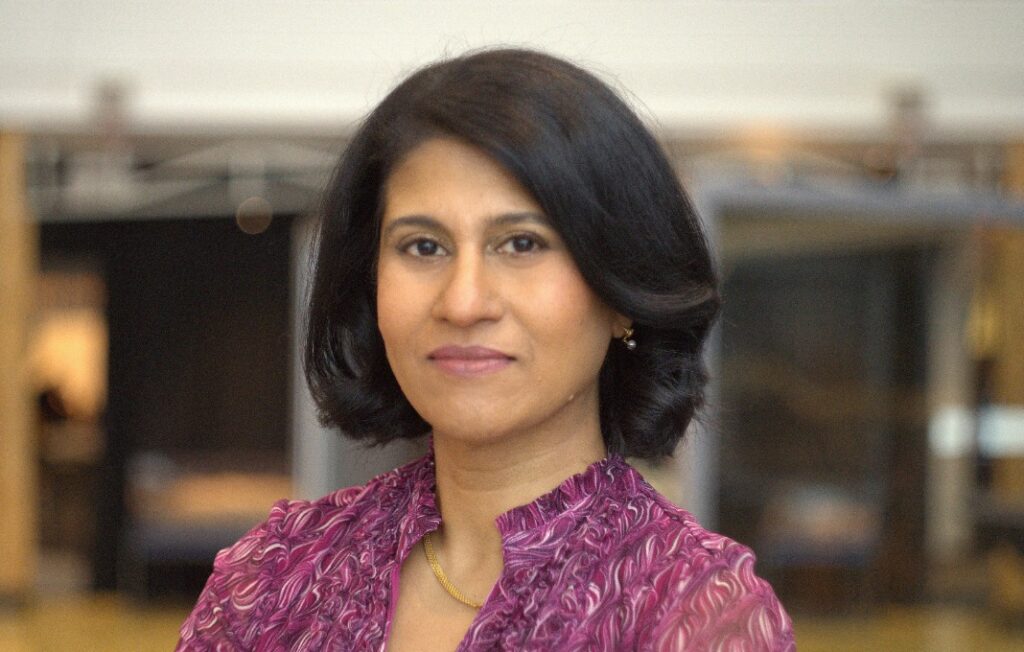These are not easy times for workers. Soaring inflation, constant warnings of a recession and the never-ending pandemic are piling enormous stress on employees. A recent survey by jobs website Indeed found that over half of Gen Z (58%) and Millennial (59%) employees are feeling burned out.
These two groups reported the highest rates of burnout in the survey, which is concerning, since you’d normally expect young workers to be more resilient and hopeful. But further data brings clarity to the situation. Deloitte’s “Gen Z and Millennial Survey 2022” shows that the cost of living—including housing, transport and bills—is the top concern for 29% of Gen Z and 36% of Millennials. It also shows almost half the people in those two generations are living paycheck to paycheck. Other data indicates the dream of homeownership is out of reach for most young Americans and now many can’t even afford a car.
Of course, young workers aren’t the only ones under pressure. Employees across the board report feeling the strain of today’s myriad stressors, most recent of which is skyrocketing inflation. In response, many are finding jobs that pay better. With the labor market still tight, despite recession fears, employees are walking away in record numbers, as the Great Resignation rolls on. In March, 4.54 million Americans quit—the most ever. Millions more are staying put but disengaging from their job. Almost three-fourths of HR executives say stress caused by inflation is impacting the productivity of their employees.
So, here we are. Companies are faced with a rare confluence: a stressed-out, disengaged workforce and a tight labor market that makes it imperative to retain them.
What can you do about it? Raise your game. Offer your employees the support and recognition they want. Give them the resources they need to keep them on the job and engaged with their work. Here are three ways you can do that.
Reimagine your employee experience
When you think of employee engagement, think of the employee experience overall. You can make that experience better by investing in support for your employees. In the past, “support” was just another word for better compensation. But that’s no longer true. These days, employees want to know that you’re invested in their physical and mental well-being, along with their financial health. You can assure them of this by giving them recognition and rewards for good work. It doesn’t have to be a financial reward. Consider loyalty programs, and performance incentives and activities.
Employees are more engaged when they feel they’re developing professionally and personally through their job, not simply clocking hours and meeting department goals. You can help them develop by offering mentoring programs, career pathing, leadership training and targeted social-engagement campaigns in areas that workers care about.
Are your efforts working? Don’t just check your KPIs. Ask your people for feedback and listen to what they say. Then act on it. For example, ask if your social-engagement campaigns are aimed at causes workers care about. Listen and combine the feedback with your company values to build fresh programs that demonstrate your commitment to making change in our evolving world.
And about those office parties. Don’t forget them. Workers still enjoy parties and they’re a great way to build bonds among your team. But do them right. Celebrate successes with big-ticket events and festivities. Nothing dents company spirit like carrot sticks and canned dip. It’s a clear message to your workers that you don’t really care.
Differentiate among the needs of individual worker groups and personalize where possible
The workforce is more diverse than ever. The percentage of U.S. workers who are non-white rose to 22.3% in 2019 from 11.7% in 1979, BLS data show. The workforce is also older. The participation rate for workers 65 to 74 will be at 30.2% in 2026, according to the BLS.
You should tailor your employee-support offerings to meet the concerns of all the various groups that make up your workforce. For example, consider generational issues, the specific financial concerns of certain groups and the needs of remote workers versus onsite workers.
Another significant—and growing—group in your workforce is those employees who feel their mental health is declining. In a 2022 survey by Corporate Wellness magazine, almost one-third of workers said their mental health had worsened in the past year. Over 80% said they had experienced at least one mental health challenge in 2021 and 59% said they feel mental health issues are impacting their job performance. One-third of those surveyed said they had sought mental health care.
Are you providing the mental health care your workers need? More and more companies are. In the Corporate Wellness survey, 65% of respondents who sought care said it was easy or very easy to get. Over half said their company now offers an employee assistance program or EAP.
Ensure your programming is intentional where health and wellness are concerned
An increasing number of workers want and need mental health support. To make sure they can get it without running an obstacle course, you should budget the funds necessary to drive targeted campaigns throughout the year and increase awareness of the support you provide.
To make sure your employees have the resources they need, you should partner with your insurance providers to regularly remind workers of sometimes overlooked or forgotten benefits, including EAPs, flexible spending accounts and health savings accounts, free ask-a-nurse services, and psychological and financial well-being services, course offerings and seminars, which are often provided at no charge.
Final takeaway
The strain on workers is accelerating. Our world grows more uncertain and stressful by the month, by the week, by the day. This creates enormous anxiety for employees. They’re feeling it and, as was not the case in the past, they’re acknowledging it and seeking support. Encouragingly, companies are acknowledging it as well and providing more and better mental health support. They don’t have to design and execute every program perfectly. However, they do have to take meaningful steps and show a commitment to employees’ mental health. This will go a long way toward a less-stressed, more engaged and more productive workforce.








